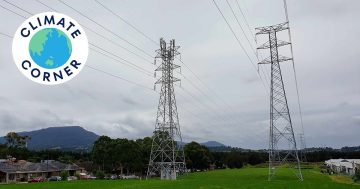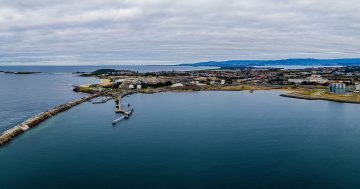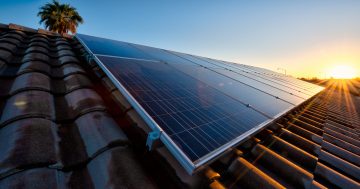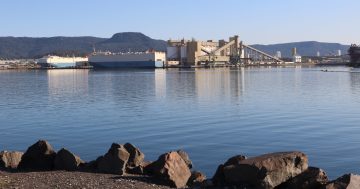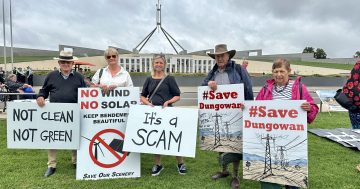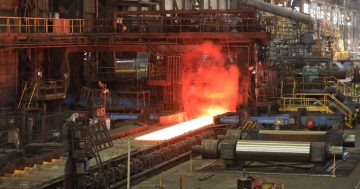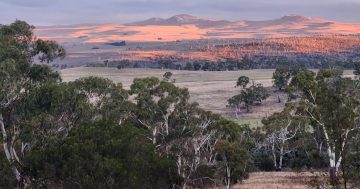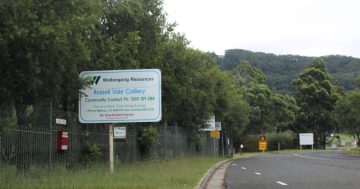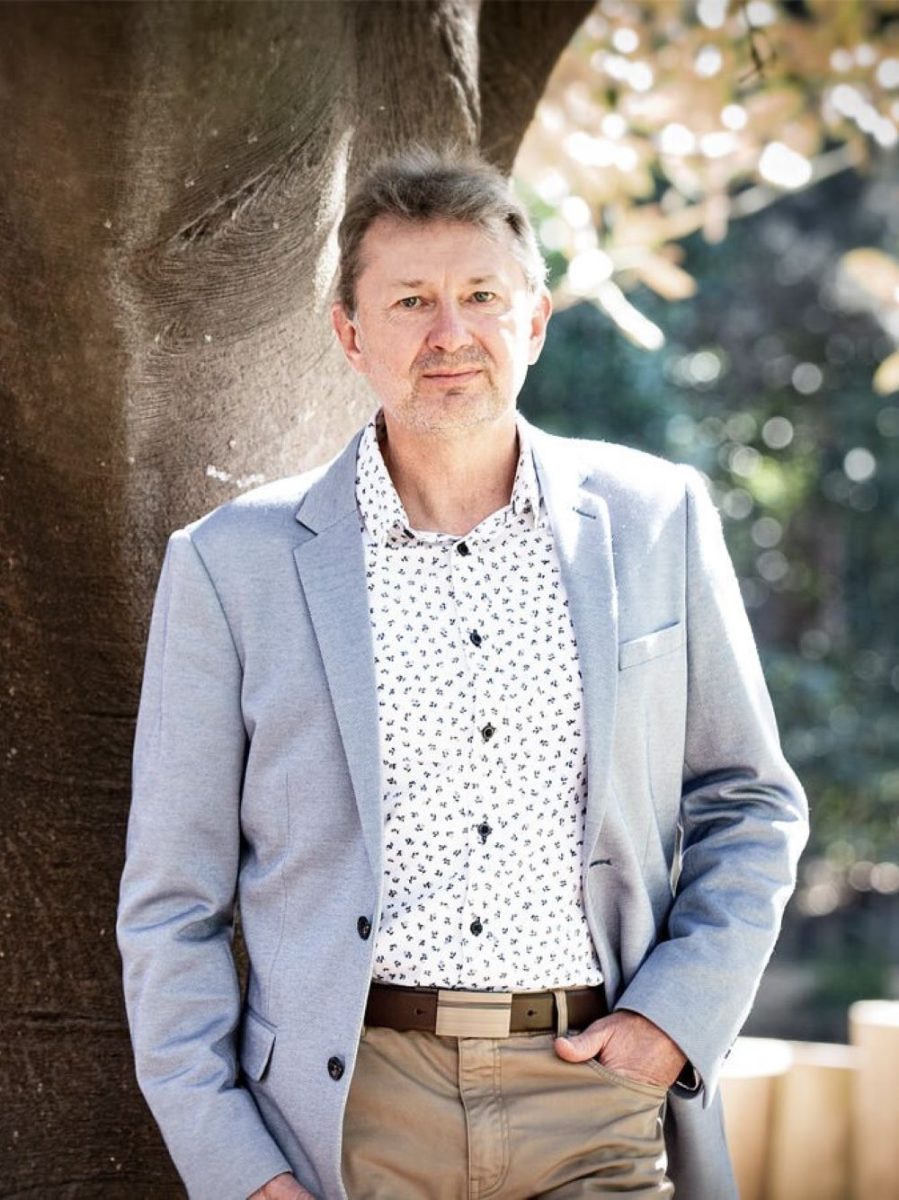
Ty Christopher is confident about the benefits of renewable energy – as long as it’s done well. Photo: UOW.
University of Wollongong’s energy authority, Ty Christopher, told a recent summit that unlocking Australia’s renewable energy potential would help underpin investment and jobs for the future.
“If done well, employment and economic outcomes from clean energy in the Illawarra would be greater than the employment and economic outcomes of any historical industry, coal mining and steel production included,” he told the crowd.
The key words in that sentence were “if done well” because history tells us that forecasts made during social and economic shifts don’t always eventuate.
However, UOW’s Director of the Energy Futures Network was keen to unpack that proviso.
“With all the rapid changes there are things that are going well and some areas that need improvement,” says Ty.
“One of the areas wanting at the moment is a requirement for sovereign capability in manufacturing for clean energy projects.
“We should be driving away from letting markets solve everything – markets are not intelligent and will always drive towards lowest costs.
“That means we then end up importing goods, material and skills, which are better homegrown and developed in Australia. The physical towers, for example, the vast majority on which wind farms sit, are being imported from overseas.
“And pretty much all solar panels we install today are being imported from other countries, using technology we developed in Australia,” he adds.
On jobs, however, he says expectations are not overblown.
“With the renewable energy industry, much implantation of the physical technology is the same or closely aligned to historical heavy manufacturing.
“Transmission line fabrication to connect renewables, cable manufacture and installation – all these traditional heavy industries are just as applicable to renewables as they have been to fossil fuel heavy industry,” Ty says.
“So, when you look at the volume required in heavy fabrication for renewables you start to see the huge potential for employment creation.”
His example was a single floating offshore wind farm platform.
“All the material at the waterline and below is three to four thousand tonnes of steel, and an average wind farm will entail at least 100 turbines.
“Then you have steel pressure vessels, cables and anchors, so straight away, if you look through the traditional fabrication lens, that’s jobs for steel fabricators, boilermakers as well as maritime service personnel to transport workers.”
Community concerns about meeting deadlines for decarbonisation, he believes, also needs to be sorted out.
“Fifteen years ago, the industry group Australian Energy Market Operators (AEMO) predicted solar power from farms and homes would never contribute more than two to three per cent of energy into the grid and that maximum would occur around 2030,” says Ty.
“Last year, solar power from those two sources contributed about 23 per of energy into the grid – 10 times what the AEMO predicted and 10 years before their timeline.
“It shows just how the rule makers who govern the energy grid are out of touch with reality.”
Ty began his long energy career in the 1980s as a cadet engineer and electrician with what was then the Illawarra County Council and worked his way up the ladder to become Endeavour Energy’s General Manager Asset Management.
“Forty years ago, I was working on the tools most days swinging in the wind on top of high-voltage power poles maintaining switch gear and insulators,” he recalls.
“At night I’d head to the uni to do three hours of advanced maths for a degree in electrical engineering.”
He believes that practical and academic background gave him a balanced perspective that no textbook could provide.
Ty’s latest venture is setting up UOW’s Energy Futures Skills Centre, which recently received a $12 million grant to be partly shared with Illawarra TAFE for vocational and academic students.
He is working with Illawarra business leaders to ensure those courses will be relevant in the clean energy workforce.
The centre is expected to offer micro courses for tradespeople next year but should be fully operational by 2026.
Ty is also keen to include a public education element to improve energy literacy.
He believes the public need factual hands-on experience with a resource that permeates every part of their lives.
“Everything we do as a civilized society depends on energy distribution, but like the Joni Mitchell song, Yellow Taxi – ‘You don’t know what you got till it’s gone,’” says Ty.









